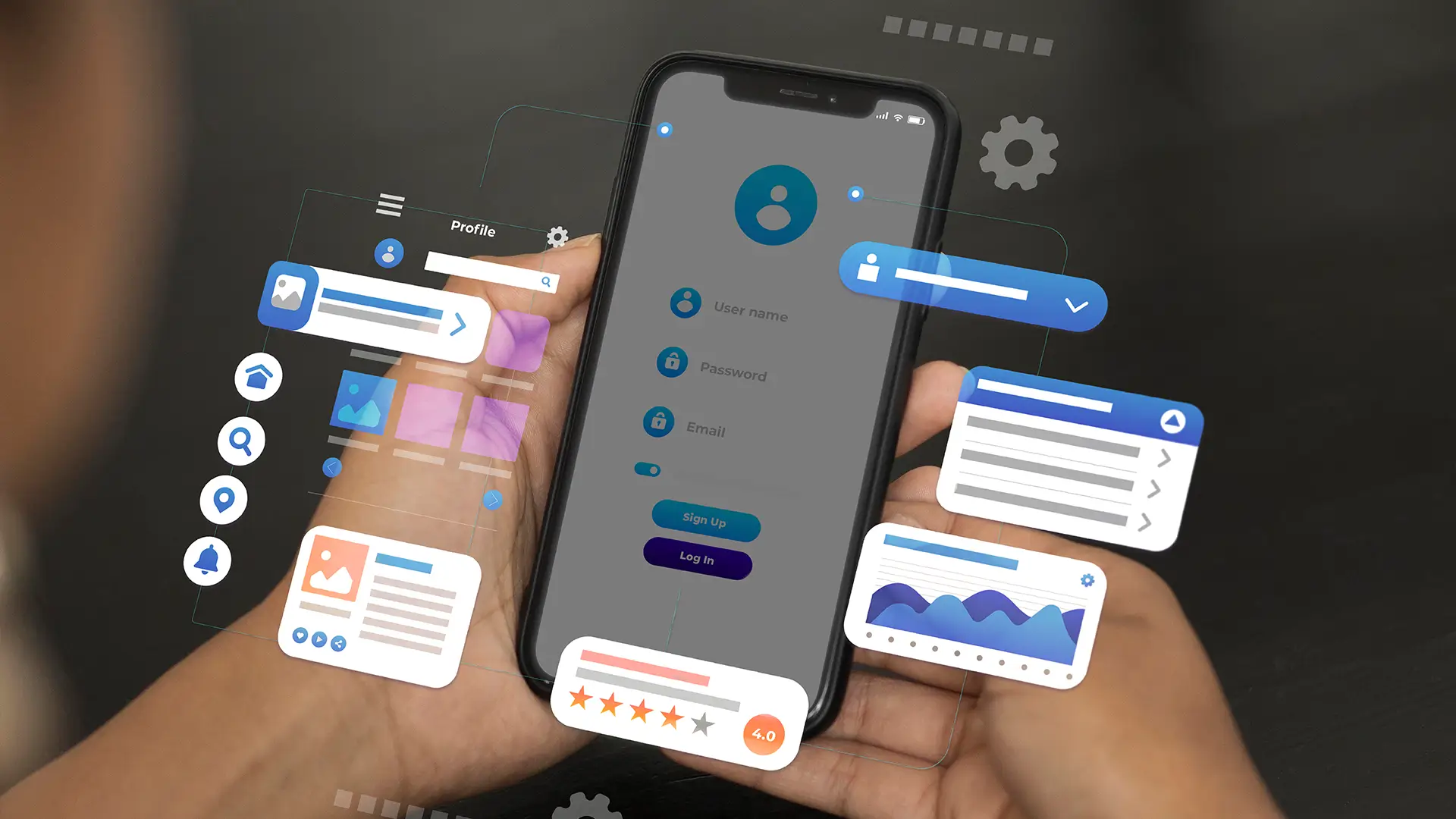Every product promises performance, but what truly matters is how long that performance lasts. Reliability testing focuses on this idea. It verifies whether software continues to function as expected over time, not just during short test runs. This kind of consistency is what users interpret as quality.
For critical applications such as payment systems, telecom networks, or hospital platforms, reliability is the difference between continuous service and costly downtime.
In this blog post let us learn what reliability testing is, how it works, and why it is an essential part of delivering dependable software.
How Reliability Testing Works
Reliability testing focuses on long-term behavior. It helps teams understand how a system behaves after extended use, under steady workloads, and in changing conditions. Instead of checking if a feature works, it measures whether that feature remains consistent after hours or days of continuous operation.
How Reliability Is Measured
To measure reliability, testers track the frequency of failures, the duration of the system's operation before each one, and the speed of recovery. These outcomes are expressed through metrics such as Mean Time Between Failures (MTBF) and Mean Time To Repair (MTTR) and more. Together, they demonstrate the stability and dependability of the product once it is deployed.
What Makes It Different
Reliability testing differs from other types of testing because it emphasizes duration and consistency. Functional or performance testing may confirm short-term correctness or speed, but reliability testing focuses on endurance and sustained stability after continuous use and repeated stress.
Types of Reliability Testing
1. Feature Reliability Testing
Feature reliability testing checks whether a specific function continues to behave correctly when it is used repeatedly over a long period. Some features work fine during the first few interactions but begin to fail as sessions pile up, logs grow, or system resources are not released properly. This type of testing isolates reliability risks at the feature level, making it easier to trace problems back to a specific function instead of the entire system.
2. Load Testing To Validate Reliability
Load testing examines how a system behaves when it operates under normal user load for an extended time. The goal is not to overwhelm the system but to observe whether performance stays consistent during prolonged activity.
Over time, issues such as slow database responses, or unstable APIs can emerge. This type of testing helps teams confirm that the system can handle everyday business usage without gradual decline.
3. Stress and Recovery Testing
Stress and recovery testing pushes the system beyond its expected capacity to understand how it fails and how it returns to a stable state. Real usage situations like unexpected traffic spikes, hardware issues, or integration failures can force a system into abnormal conditions. This testing shows whether the system fails cleanly, protects its data, and recovers automatically once conditions return to normal.
4. Endurance Testing (Soak Testing)
Endurance testing runs the system continuously for a very long time to detect slow, progressive issues. Problems such as memory leaks, rising CPU usage, and background task buildup often appear only after many hours or days of operation. This type of testing reflects real production environments where systems run without frequent restarts, making it essential for identifying stability problems that short tests cannot reveal.
5. Regression Testing To Validate Reliability
Regression testing is performed after updates or code changes to confirm that long-term stability has not been affected. Even small changes can introduce new inefficiencies or resource handling issues that reduce reliability over time. Repeating the same long-duration tests used in previous versions helps teams compare results and confirm that stability has been maintained across releases.
Key Parameters of Reliability Testing
Reliability testing is measured through quantifiable metrics that describe how stable a system is and how long it can operate before failure.
1. Rate of Occurrence of Failure (ROCOF)
ROCOF measures how often failures occur during operation. It is expressed as failures per unit of time, such as failures per hour. A rising ROCOF indicates declining stability. Recording when each failure occurs and the conditions around it helps teams identify patterns, isolate weak components, and understand whether failures are tied to load, duration, or specific scenarios.
2. Mean Time Between Failures (MTBF)
MTBF measures the average time a system operates before it fails. It reflects overall stability and endurance. A higher MTBF means the system can function for longer periods without interruption, which is vital for continuous-use applications such as financial systems or cloud services.
3. Mean Time To Failure (MTTF)
MTTF indicates the expected time before the first failure occurs in a non-repairable system. It is commonly used for hardware or components that are replaced after failure. A longer MTTF shows greater reliability and longer operational life.
4. Mean Time To Repair (MTTR)
MTTR measures how long it takes to restore normal operation after a failure. It includes detection, diagnosis, and recovery time. Lower MTTR values suggest faster recovery and better fault management, both of which reduce downtime and user disruption.
How to Create a Practical Reliability Testing Strategy That Teams Can Follow
1. Define What Reliability Means for Your Product
Start by setting a measurable reliability target for your system. Decide how long it should run without failure, what types of failures are acceptable, and how quickly it should recover when something breaks. These targets become the baseline for all reliability tests.
2. Identify the Flows That Matter Most
Focus on parts of the product that stay active for long periods or carry business impact. These become your primary targets for reliability testing.
3. Choose the Conditions You Want to Test Under
Select the conditions that reflect how your product behaves in real environments. Include steady load, varying load, network changes, user locations, devices, and interactions with external dependencies. These conditions reveal how reliability shifts when usage patterns and environments change.
4. Set Test Duration and Load Levels
Plan how long each scenario will run and what load it should handle. Longer runs reveal slow-developing issues that short tests miss.
5. Decide What Metrics You Will Track
Select measurable indicators such as failure count, time between failures, recovery time, and system resource trends. These metrics define how results will be interpreted.
6. Plan How Failures Will Be Captured and Analysed
Define how you will log failures, trace their causes, and compare them across test cycles. Clear analysis steps ensure reliability data leads to meaningful improvements.
7. Create a Feedback Loop for Using the Results
Document how insights will influence fixes, re-tests, capacity planning, and release decisions. Reliability testing only works when teams use the findings to strengthen the product.
Tools Used for Reliability Testing
Reliability testing requires tools that can simulate real-world workloads, monitor system performance over time, and accurately record failure data. These tools help teams measure stability, detect recurring issues, and ensure that software can handle continuous use in production-like conditions.
1. HeadSpin
HeadSpin enables reliability testing on real devices and networks. It helps teams measure stability, performance & UX consistency across regions, device types, and OS versions. Continuous session monitoring and detailed performance data enable the effective identification of long-term reliability issues.
2. Apache JMeter
JMeter is widely used for load and endurance testing. It allows testers to simulate long-running workloads and monitor system behavior under sustained stress and its impact can be quantified and monitored on headspin. Its detailed reporting and scalability make it useful for identifying resource leaks or performance degradation over time.
3. LoadRunner
LoadRunner helps assess system reliability under realistic user activity. It can emulate thousands of concurrent sessions and record how the application responds as time and load increase. Continuous execution of LoadRunner scripts helps uncover failures that appear only during prolonged operation.
4. IBM Rational Performance Tester (RPT)
IBM RPT is designed for enterprise-scale reliability and performance testing. It provides automated analysis of response times, throughput, and error rates, helping QA teams detect slow degradation trends and validate system recovery after failures.
5. Selenium
Although primarily a functional testing tool, Selenium can be extended for reliability testing by running automated browser sessions repeatedly over long durations. This approach is useful for identifying issues like session timeouts or UI elements failing after extended use.
Conclusion
Reliability testing reflects the discipline behind well-built software. It shows how attention to long-term behavior turns a working product into a dependable one.
Its value lies in what it reveals over time. It shows how the system endures change, adapts under pressure, and maintains trust through consistent performance.
Reliability is earned through observation and refinement, not assumption. Testing provides the evidence that a system can be trusted to perform when it matters most.
Leverage HeadSpin to Add Reliability Checks to Your QA Process! Connect with the HeadSpin Team.
Frequently Asked Questions
Q1. How does reliability testing reduce business risk?
Ans: It helps prevent service interruptions by exposing weaknesses that could lead to downtime. Reliable systems protect revenue, maintain user trust, and reduce maintenance costs.
Q2. What factors influence software reliability?
Ans: Code stability, infrastructure quality, data handling, and recovery design all affect reliability. Testing each of these areas over time ensures the product can handle real-world usage without failure.



























.png)


















-1280X720-Final-2.jpg)






